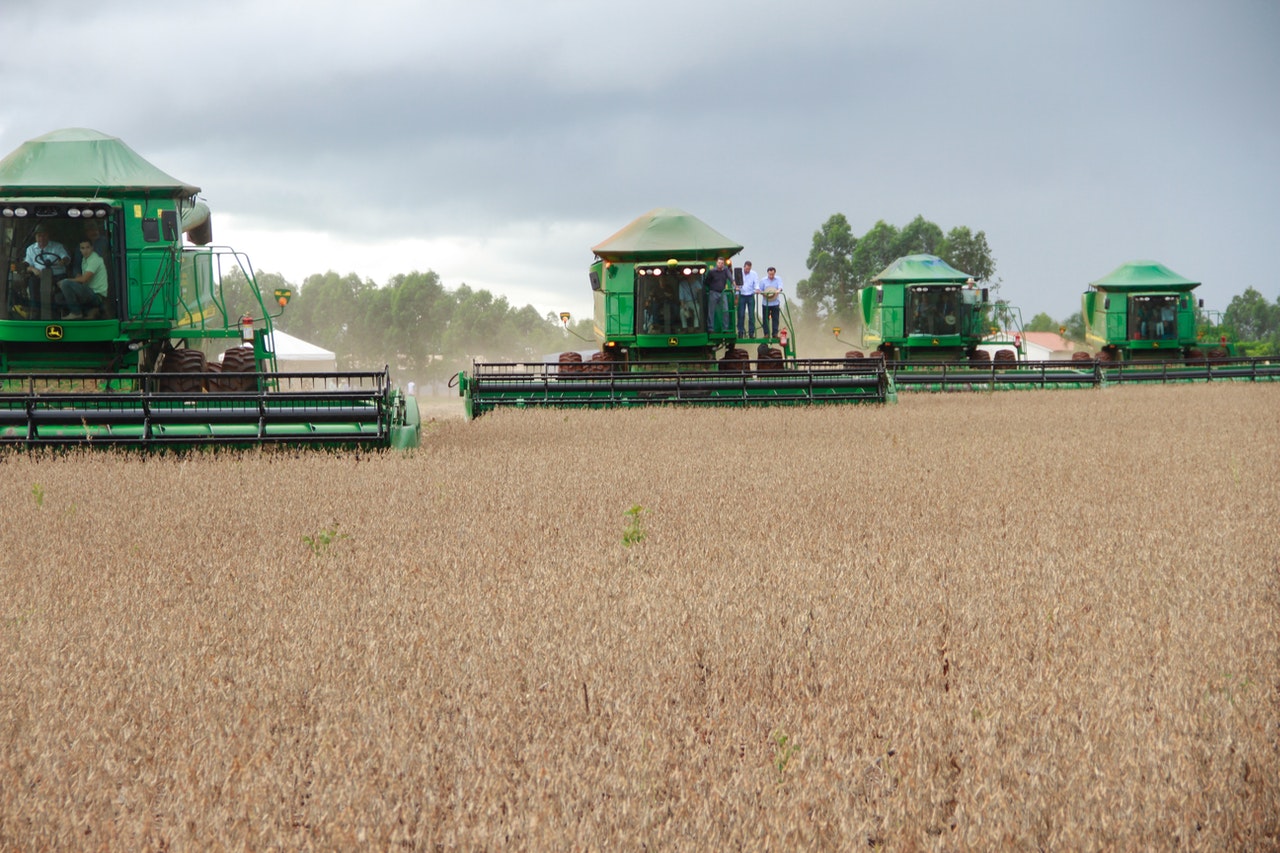How Nigeria’s changing demographics are driving the development of the agricultural market
Demographic change as an impetus for increasing the allotment
Demographic changes in the world are shaping new trends in the agricultural market. This can be clearly seen in Nigeria, where the segment of oilseeds and oilseed products has seen an interesting trend. The fact is that the country has a growing young population. There are now 219 million people, and 60% of them are 24 years old or younger.
According to official statistics, Nigerian households spent almost $99 billion on food last year. This entails an increase in the market for oilseed consumption, with increases seen in 3 key sectors of use — food, industry and feed.
Thanks to incentives from the country’s Central Bank and investment, oil palm production in Nigeria is booming. Special attention is being paid to this segment in Nigeria’s southern states. It is predicted that within the next 5 years, the country’s share of the world market of palm oil should grow to 5%, now it is 2%.
Private companies are very interested in increasing the production of this product. To this end, they are building new facilities for the cultivation of early and high-yielding oil palm seedlings. It is expected that this season seed production will be 900 thousand metric tons, last year this figure was at the level of 730 thousand metric tons.
In the 2021/2022 season, planted acreage was increased by 20% to 3 million hectares. The growth of acreage is due to the increase in demand for palm kernel oil on the domestic market. It is used for food processing. Against the backdrop of demand, investment in plantations for the cultivation of palm kernel oil is also increasing.
 As for another oilseed crop — soybeans, its production this season is expected at 1.25 million metric tons, which is 37% higher than last year. The area on which the crop is grown is 1.2 million hectares, 20% more than it was in the previous season. Demand for soybeans is growing, not only on the part of food consumption, but also as a component for the production of feed.
As for another oilseed crop — soybeans, its production this season is expected at 1.25 million metric tons, which is 37% higher than last year. The area on which the crop is grown is 1.2 million hectares, 20% more than it was in the previous season. Demand for soybeans is growing, not only on the part of food consumption, but also as a component for the production of feed.
Experts say that other sectors of the agricultural market will soon be affected by Nigeria’s demographic change. In addition to an increase in the younger generation, the country also has a growing middle class that is more diverse and can afford to purchase more produce than the poor. These trends affect the redistribution of agricultural holdings and the formation of value for produce.
